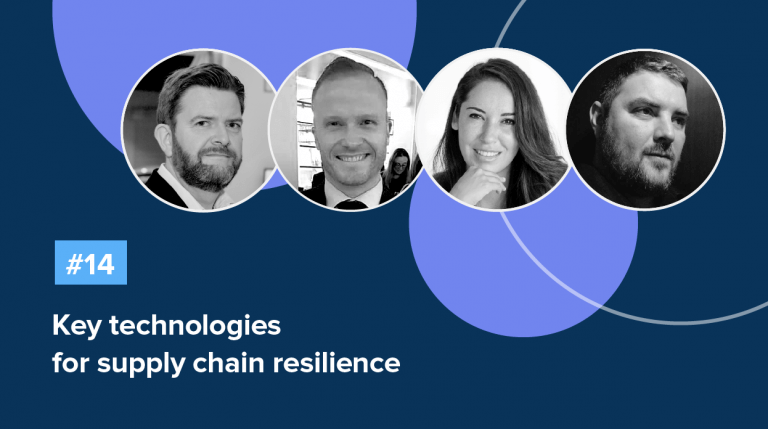e27: Logistics, supply chain industries need to unveil the Northstar of AI integration: Quincus
Quincus CEO Jonathan Savoir points out that companies need to solidify their digital transformation strategy and take it step by step

In an interview with e27, Jonathan Savoir, CEO and Co-Founder of Singapore-based enterprise logistics SaaS company Quincus, explains the three components of Artificial Intelligence (AI) that are being implemented in the logistics and supply chain industry today.
The first component is forecasting which the industry has been actively using in the past few years. Aiming to answer questions such as how to predict supply and demand based on historical trends, this component is helpful particularly when the supply chain goes through restraints, such as during challenging times like the COVID-19 pandemic.
The second component that is heavier on the use of machine learning is the effective use of historical data. There is plenty of documentation works around the supply chain, particularly in customs, and Savoir highlights that the company has begun seeing the use of Generative AI (GenAI) in this sector, though it is still in the early stage.
Last but not least, the component of optimisation, an area that Quincus is focusing heavily on.
“Supply chain before was organised around cost service. For example, how fast can I get goods there with this level of quality of service? [This also includes] the actual cost and the capital that go into it, to invest in getting that service up and running,” he says.
“If you think about the post-COVID-19 supply chain, it is not just about cost anymore. It is about resilience, agility, and also about sustainability. Sustainability has obviously become a hot topic; AI can help in each of those three areas. But in particular around agility and resilience. You can make your supply chain a lot more real-time, more dynamic … which is really how the industry works.”
Tackling the challenges of AI integration
But when it comes to integrating AI into its operations, businesses in the logistics and supply chain sector face several unique challenges.
It related to the fact that logistics and supply chain is an old industry with plenty of legacy technologies being deployed.
“We see very old technologies such as Excel Sheets and emails … the large part of our supply chain is still organised this way,” Savoir explains.
“The problem is that you have very limited data; it is very asynchronous, not organised. It is also very hard to streamline. That is where things like AI can help us get to the next level by upgrading all of these technologies and then optimise them again, boosting productivity and all of that.”
With an industry of this scale, the “lift and shift” method is just not working, as they need to ensure that the operations can continue to run despite the ongoing transformation.
“We will upgrade, but you must keep the operation running. There is a lot of complexity in there. How do you keep operations running while, at the same time, getting better technologies implemented? That is the biggest challenge,” Savoir says.
“The second is that implementation can often take one to two years before it can be fully deployed. As a consequence of that, you also need to train users who are interacting with the systems; systems and technology changes always require some human change as well. [It also includes] some change management.”
But the good news is that there is a greater awareness about the need for changes.
“That is probably the best proponent to saying, ‘Okay, what is actually our Northstar?’ Because, often, companies do not particularly have a Northstar when it comes to digital transformation. They want to do something … but they do not really know the strategy around that innovation. So, the recommendation is to really solidify the strategy and take it step by step,” Savoir says.
“Let’s say you have a five-year strategy. What does year one look like? What is the Northstar for that?”
With this growing awareness, Savoir notes that there is plenty of opportunities for startups in the sector–especially when considering the size of the industry.
“Many individuals and companies are still figuring out, ‘Where do I fit in?’ We are still very nascent as an industry to really take advantage of AI, to really take advantage of the more advanced technologies out there, even though that is certainly getting better. This looks much better than five years ago … I think that tells me that there is still quite a bit of space.”
(Source: e27)
Subscribe to keep up with our latest news








